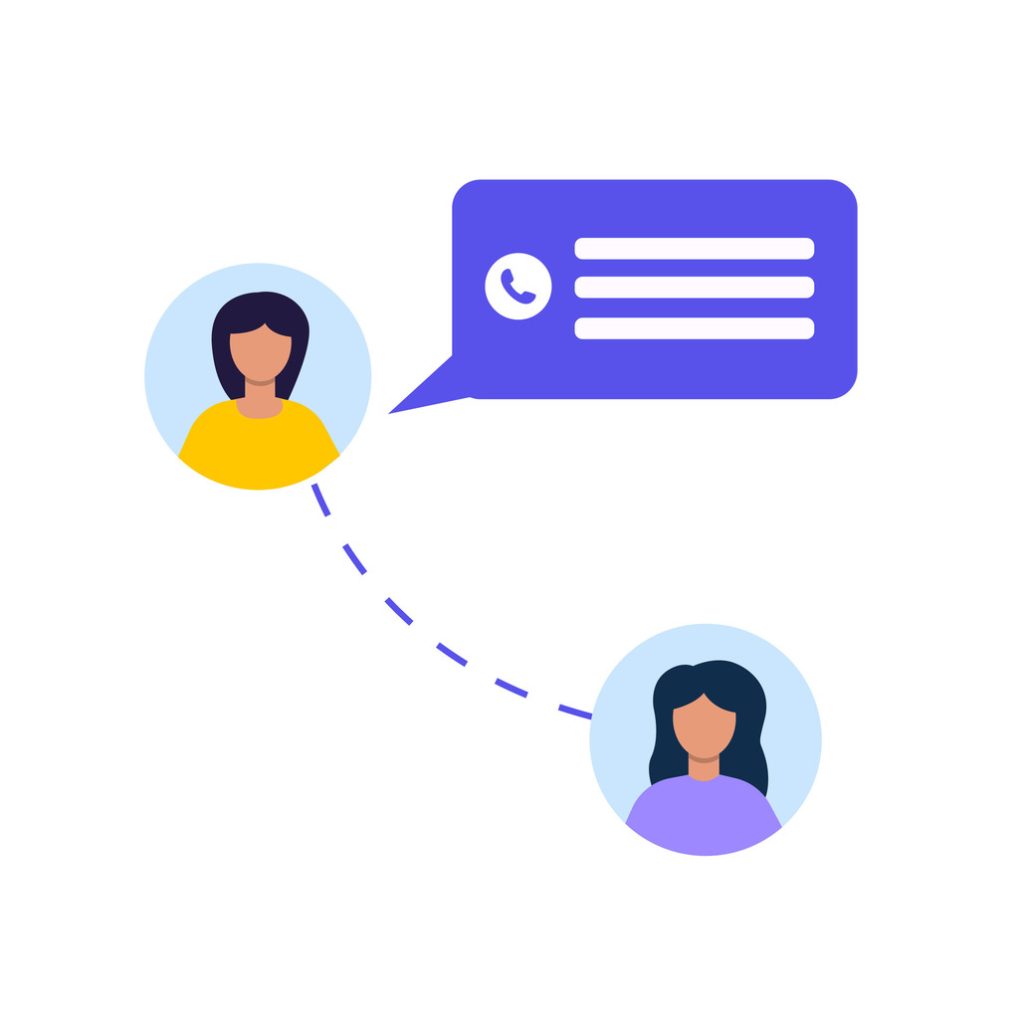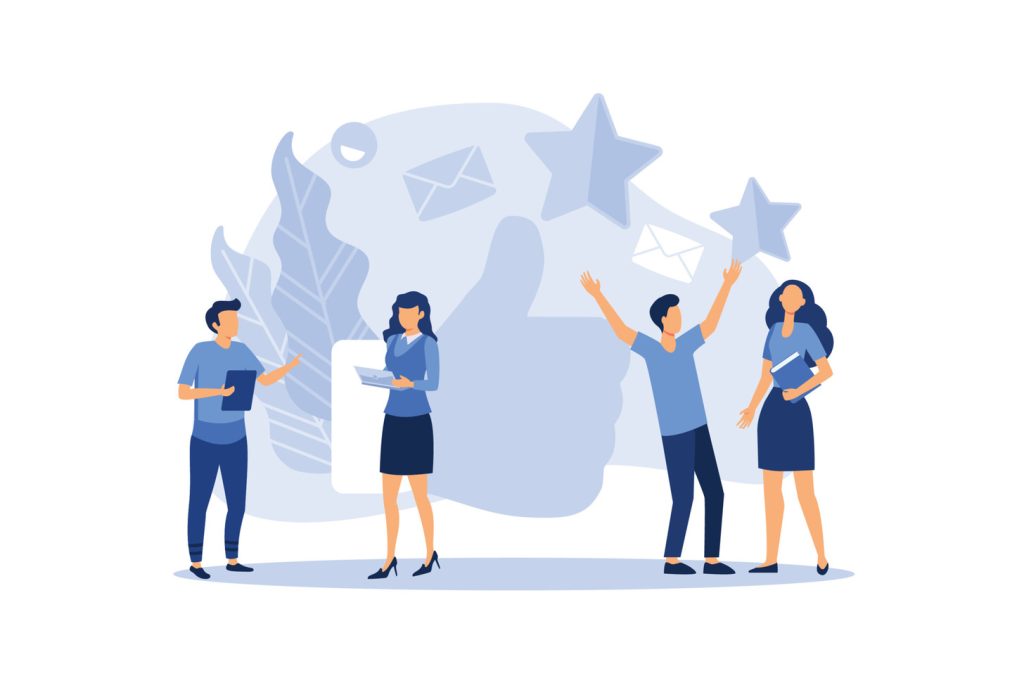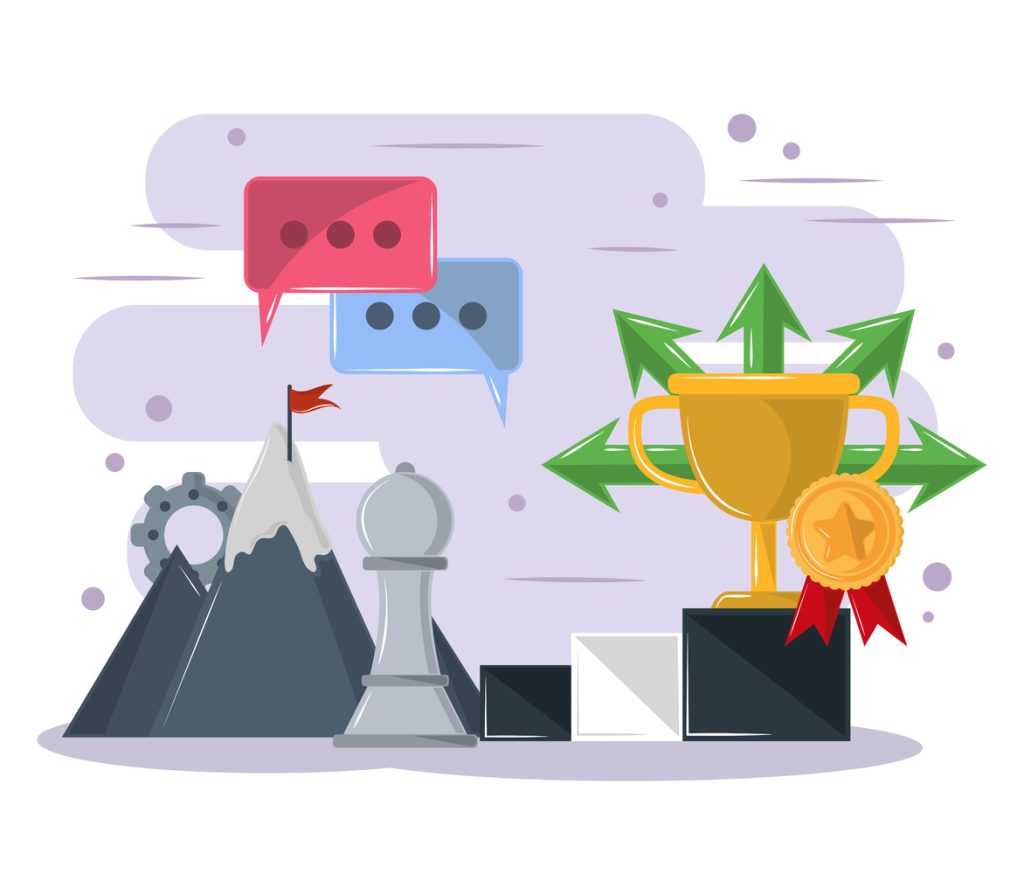@Mention Members: A Step-by-Step Guide for Businesses

Modern team communication thrives on precision, allowing users to @mention members for instant clarity and engagement. Platforms like Google Chat and Mattermost have transformed workplace collaboration through targeted mention systems. These tools ensure critical updates reach the right people instantly, eliminating delays in fast-paced environments.
The @ symbol acts as a digital spotlight across platforms. In Google Chat, typing “@” lets users either add colleagues to conversations or reference them without granting full access. Mattermost expands this functionality with options like @channel or @here, giving teams granular control over notifications.
Strategic use of these features maintains clear communication chains. Leaders can direct tasks to specific individuals while keeping stakeholders informed. This balance between focused alerts and transparency prevents information overload—a common productivity killer in group chats.
Notification management proves equally vital. Customizable mention settings let professionals prioritize urgent requests without constant distractions. Platforms automatically track responses, creating accountability trails that simplify project oversight.
Businesses that master these systems see measurable improvements. Response times shorten. Missed deadlines decrease. Cross-department collaboration becomes seamless—all through proper use of a single symbol.
Key Takeaways
- The @ symbol drives efficient communication in leading platforms like Google Chat and Mattermost
- Teams choose between adding members or temporary references based on context
- Multiple mention types address groups, roles, or custom user segments
- Built-in notification settings prevent alert fatigue while maintaining responsiveness
- Mention tracking creates transparent audit trails for project management
Getting Started with @Mention Members
Digital workspaces demand communication tools that cut through noise. Platforms like Google Chat and Mattermost use the @ symbol as a precision instrument, transforming casual chats into actionable workflows. This feature bridges urgency and organization in team dialogues.
Understanding the Role of @Mentions in Modern Communication
Typing “@” activates a smart directory across collaboration tools. Google Chat displays a filtered list of colleagues as users start typing names. Mattermost enhances this with instant username searches across departments. These systems replicate office-style attention cues digitally, eliminating physical interruptions.
Notifications triggered by @ symbols carry weight. They signal priority messages without overwhelming recipients. Teams maintain focus while staying responsive to critical requests.
When to Add a@Mention Members Versus Simply Referencing Them
Platforms offer distinct choices when tagging someone outside a chat. Google Chat presents two options:
- Add and notify: Grants full access and sends alerts
- Reference only: Includes name without access or pings
Project managers often add permanent contributors while referencing stakeholders needing context. Mattermost users mention roles like @developers for cross-functional alerts. This approach keeps conversations focused yet inclusive.
Decision factors include data sensitivity and collaboration duration. Temporary references prevent channel clutter. Permanent additions build institutional knowledge through continuous threads.
Implementing @Mention Members in Business Communication

Effective business communication requires precision tools that adapt to team dynamics. Platforms like Google Chat and Mattermost offer tailored solutions through their mention systems, balancing urgency with organization. Proper implementation transforms casual chats into structured workflows.
Step-by-Step Process for Tagging Colleagues
Initiating a mention starts with typing the @ symbol, which activates a searchable directory. Google Chat users select names from a filtered list, while Mattermost supports cross-department searches. Teams can:
- Tag multiple people in one message using sequential @ entries
- Use @all to notify entire groups in Google Chat
- Reference historical messages for context
| Platform | Group Mention | Custom Triggers |
|---|---|---|
| Google Chat | @all (entire group) | No custom keywords |
| Mattermost | @here (active users) | Add project-specific terms |
Optimizing Alert Preferences
Mattermost allows customization under Settings > Notifications. Users define triggers like “urgent” or department codes. Default settings cover standard mentions but smart teams add:
- Client project codes
- Priority levels (Critical/High)
- Department abbreviations
Individual vs Collective Alerts
Personal tags (@username) assign direct responsibility, while group mentions broadcast updates. @here proves valuable for time-sensitive requests, notifying only active participants. This reduces unnecessary alerts for offline team members.
Advanced Strategies for Maximizing @Mention Members

Enterprise collaboration platforms unlock new efficiency levels through intelligent notification systems. Scalable teams require tailored approaches that balance urgency with precision, ensuring critical updates reach the right people without disrupting workflows.
Leveraging @all and @here for Broader Engagement
@all mentions serve as digital town halls in platforms like Mattermost. They broadcast company-wide alerts for policy changes or emergency updates. System admins configure confirmation dialogs when tagging over five users, preventing accidental mass pings.
@here functionality targets active participants during live collaborations. This reduces noise for offline team members while maintaining real-time response capacity. For time-sensitive tasks, it ensures only available colleagues receive alerts.
Customizing @Mention Members to Fit Large or Specialized Teams
Mattermost Enterprise supports LDAP-synced groups through @groupname triggers. Admins map departments like @marketing or @devops to existing directories. Custom identifiers replace default group names for clearer communication:
- Project codes become @project-alpha
- Regional teams use @east-coast-support
- Leadership groups adopt @exec-review
When mentioning custom groups, platforms prompt users to invite non-members. This maintains channel security while expanding access as needed. Notification settings let teams mute non-essential groups during focused work periods.
Conclusion
Business communication evolves through tools that balance urgency with clarity. Platforms like Google Chat and Mattermost demonstrate how strategic tagging systems shift workflows from chaotic to coordinated. Teams maintain momentum without drowning in alerts, fostering both responsiveness and deep work periods.
Scalable solutions adapt as organizations grow. Customizable notification settings and role-based tags ensure seamless transitions during team expansions or restructuring. These systems preserve effectiveness regardless of shifting project scopes or departmental changes.
Clear communication hierarchies emerge through intentional tagging practices. Accountability increases when tasks link directly to individuals or groups. Decision-makers gain visibility into progress, while automated audit trails reduce miscommunication risks.
The correlation between proper tagging and productivity is measurable. Teams report faster project completion and stronger cross-functional alignment. Work satisfaction rises when professionals control their notification streams while staying mission-critical.
Organizations mastering these protocols gain distinct operational advantages. Reduced response gaps and error-free handoffs become standard. In competitive markets, such precision transforms collaboration from a necessity to a strategic asset.

